The mess is where the story slips through...
I’ve been thinking a lot about flaws lately. Not just in my work but in everything I see.
A cracked glass. An awkward photo composition. A voice that quivers during a live song.
A house falling apart in every direction, but too wild to fix, too broken to forget, and too loud to clean up.
That collection lives here: Heidelberg Street
Flaws stay with me more than anything “perfect” ever has.
It’s simple, imperfection makes better art.
There’s this strange, beautiful thing in something that isn’t quite right. It lives in my mind longer. It grabs at my soul with a life all its own.
And I think we forget that in photography. We forget it online. We forget it in the endless scroll of polished, filtered, “flawless” things.
We try to fix the very thing that makes our work feel alive and yes…
Human.
Which begs the question: Should I fix the flaw?
Should I fix the blemish on the face?
Should I fix the slightly crooked composition?
Should I fix the grain that adds mood to the image?
Should I fix the uneven lighting that makes it feel alive?
Should I fix the motion blur that tells a deeper story?
Should I fix the imperfection that makes it uniquely mine?
Should I fix the flaw?…. Or is the flaw what makes it art?

The One-of-a-Kind Value of Flaws
The cool thing about flaws is that no two are ever exactly the same. Every flaw is, in essence, a one-of-a-kind, or a 1/1, so to speak.
Think about it, if something can be copied endlessly, is it even worth anything?
If you’ve ever watched antique shows or Pawn Stars, you’ve probably heard someone say something like this: “This piece is from [such and such] time period. You can tell because, back then, they didn’t have [modern method], so everything had to be done by hand.”
And this is where something retains value, because it’s imperfect.
You see, the beauty of imperfection lies in its refusal to be replicated.
The beauty of imperfection lies in its refusal to be replicated. Share on XThe Old Ceiling Lamp (That Almost Got Thrown Away)
The other day we replaced the old lamp ceiling lampshade in my daughter’s room with something a little more girly/kid oriented and a little less grandma.
I asked my wife… “Hey honey, what we should do with the old one?”
She told me to throw it away.
But I felt bad for it. Yes, I felt bad for an old lampshade.
Plus, it’s old, maybe it’s a vintage antique or something?
After a little research I found out that one clue in determining the age of a ceiling light shade is examining the little hole in the middle of the glass. It’s the hole where the bolt goes through, secured by a decorative nut.
If this hole is etched perfectly than it’s probably done in more recent times and mass manufactured.
However, if it’s off center, sort of rough, rather imperfect and not so smooth then you’re probably looking at something a little older.
Something a little less perfect.
Something a human had a little more to say about the final outcome.
And isn’t that what makes something art? The human touch, the imperfection, the story?
Why Imperfect Art Feels More Real
When I think about imperfection, I think of Van Gogh. His brush strokes weren’t clean. They were stormy. Messy. Emotional.
They were alive.
Same with photography. Some of the most striking street photos? Not technically perfect. But full of soul.
Early on, I used to Photoshop everything. Fix the white balance. Straighten the lines. Nuke the grain.
Like, hey dummy, some compositions say more crooked.
That’s me yelling at myself years later.
Because now I look back at some of that work and I feel… nothing.
There’s an emptiness or peculiar kind of hollow feeling in trying to always get it right.
That’s not what I love about photography anymore.
Give me the uneven. The flawed. The stuff that screams I’m human and this is what I saw in this moment, and this is how I captured it.
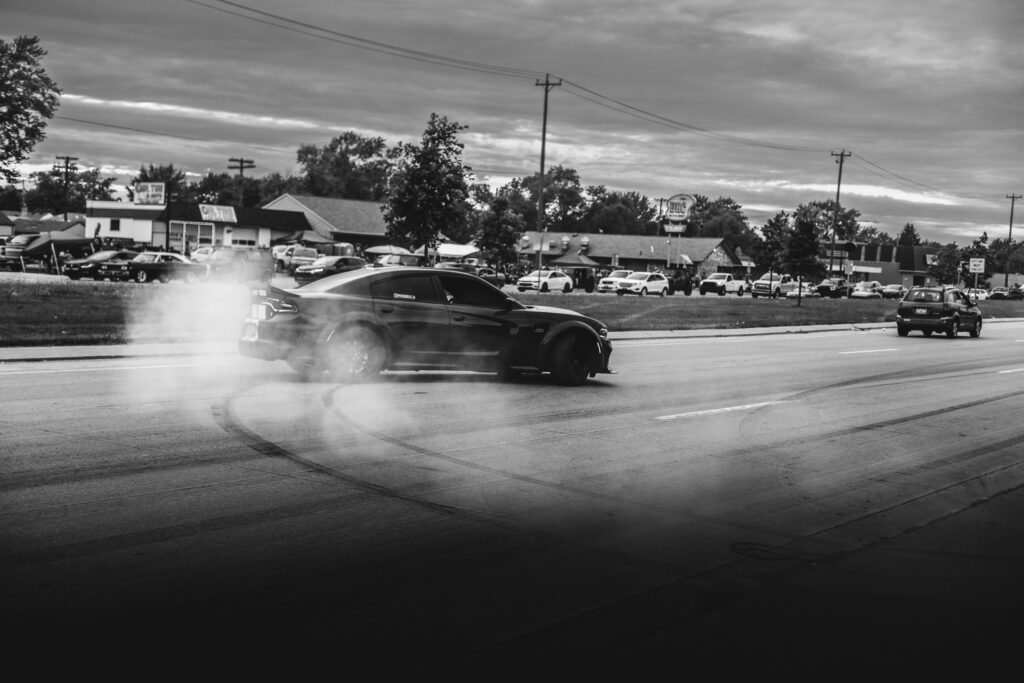
The Psychology Behind Our Love for Imperfections
Human beings are wired to appreciate uniqueness.
Unique Art, unique writing, a unique voice.
For the most part, we like things that feel different.
Somehow, it feels like we are able to form a deeper emotional connection with things that feel real and unpolished.
Take how AI writes for contrast.
Even though AI can generate accurate content, it often produces misinformation. Some call this an hallucination but I’m not talking about the content.
I’m talking about the almost too perfect tone and structure.
I’m talking about the voice.
It lacks authentic experience, emotion, and it doesn’t feel all that relatable. There’s no voice resonating behind the words with an actual lived experience that makes you relate.
It just doesn’t feel real. It doesn’t feel lived.
AI doesn’t stop there. Everyone with a keyboard is making beautiful pictures now using AI.
When I first started messing around with AI programs like MidJourney, it couldn’t do hands or eyes very well but the new models/versions seemed to advance quickly.
But, for that brief moment, I remember some people embracing the flaws. It was AI’s own little moment of imperfection and artists recognized it.
They began to make collections around the weird hands and they were funny because of how imperfect they were.
But now, as these AI models improve they continue to push towards one ideal and that ideal is perfection.
Everything looks too good, too ideal, flawless, and yet somehow, perfectly fake.
I think as the pursuit for perfection floods our world with flawless images, I believe more photographers will step back from creating unreal, hyper polished photos and instead embrace a more natural, authentic approach.
This idea isn’t new. In fact, there’s a name for it: Wabi-Sabi.
The Wabi-Sabi Way: When the Flaws Become Gold
You can google it but essentially Wabi-Sabi is a Japanese philosophy that finds beauty in imperfection. It celebrates the imperfect, impermanent, and incomplete.
Where AI strives for perfection, Wabi-Sabi embraces all that is flawed, and perhaps all that is considered… wrong.
Have a cracked pot? Perfect, Wabi-Sabi celebrates the cracks in pottery.
And that faded ink on a handwritten note, perfect!
Perhaps most important for us photographers, the grain in a film photograph. Film photographers have learned to embrace it but digital has a ways to go. We still want to kill all that noise as much as possible. It’s just not all that aesthetically pleasing. But, maybe we …. ok, never mind. I don’t know what I’m saying…
Let’s just look at Wabi-Sabi in Practice.
Wabi-Sabi in Practice: In Japanese art they sometimes fix broken pottery with gold. It’s called Kintsugi and instead of hiding the flaw, this process actually highlights it.
This makes the pot even more rare, unique and valuable.
So you see, real beauty isn’t in perfection.
Real beauty is the flaw.
Real beauty is that thing that makes something unique, unrepeatable, and deeply human.
Can AI and Technology Replicate Imperfection?
Now some of you might be thinking, “Yeah, but I can use AI to replicate imperfection. I can just tell it to make it not so perfect.”
I mean, we’ve been doing this forever, trying to imitate imperfection. We have light leak filters, film grain, retro, polaroid, etc.
You name it, we have a filter for every type of imperfection and now we have AI.
AI can help.
This is true, but while artificial intelligence can mimic artistic styles and human creativity, it struggles to replicate the randomness and emotional depth that true imperfections bring.
Real imperfections come from the unpredictable nature of us.
Yes, the human.
Throw in the environment, and even chance itself and you will see that there’s, an emotional depth in flaws that can’t be pre-programmed.
Light leaks, expired film, motion blur, grain, over or underexposure, lens flare, dust, vignetting, soft focus, distortion, and even accidental compositions.
These aren’t just stylistic choices. They’re also the unexpected consequences of living a real human photographer experience.
That’s the difference between an imperfection designed to look real and one that simply is real.
And this isn’t just true in photography.
Imperfection is everywhere and woven into the fabric of life itself.
What Nature Teaches Us About Beauty
Maybe nature has some lessons to teach us. Think about it.
No two leaves are exactly the same right? No mountain peak is perfectly symmetrical, and yet, we recognize the beauty.
Imagine stepping out into the same sunrise every day, or watching the sun go down the same way every time.
The same colors, the same light, the same everything that makes a so-called perfect sunset.
That would be boring right?
Nature gives us the most breathtaking sights, rugged landscapes, asymmetrical flowers, and shifting cloud patterns.
Any Yet, there’s nothing perfect about nature.
Still, somehow it feels so perfect, so real, and so refreshing.
If anything, nature teaches us that imperfection is perfection.
How to Embrace Imperfection in Your Own Creative Work
Instead of chasing perfection, simply run the other way.
Run toward the raw and unfiltered aspects of your work that make it uniquely yours.
For example, if you have a tendency to underexpose your photos maybe your drawn to the dark, moody shadows.
If your continuously overexpose maybe your heart is seeking that light and airy style of photography.
Before hitting the auto button in post and cooking everything to a happy medium maybe take some time to feel the photo out.
Don’t just automatically try to straighten the composition or try to push everything to some preconceived notion of normal.
Instead, think, “what is the story if I leave it like this?”
Final Thoughts – The Flaw Is the Feature
Maybe that’s the real takeaway here. Imperfection isn’t something to fix.
It’s something to recognize, honor, and then maybe just lean into.
The crack in the pottery adds character.
The grain or slightly off composition in the film adds mystery.
It’s all part of the story.
If we keep chasing perfection, we risk sanding down the very edges that make our work (and our lives) interesting.
We risk making everything interchangeable, forgettable, and soulless.
We risk pushing everything into the middle ground, the safe but happy medium.
Is that where you want your art to live?
No, I know it’s not. I know you.
So maybe the next time you’re tempted to “fix” something, ask yourself: Does it really need fixing?
Or is the flaw the very thing that makes this piece unforgettable?
💬 What Did This Post Make You See?
Leave a comment and share what this post made you think, feel, or notice.
🖼️ Before Language, After Light
Default Gallery: Featuring recent photography and artwork from creators I’ve collected on Tezos. Updated regularly to reflect the spirit of each post. → View Full Curation on OBJKT
🟢 Currently Open for Submissions
Have a Tezos NFT that fits this post’s theme? Share a link with your comment (link-only posts will get flagged as spam). I may collect or feature it here or in a future post.
Support independent creators. Discover and collect below.

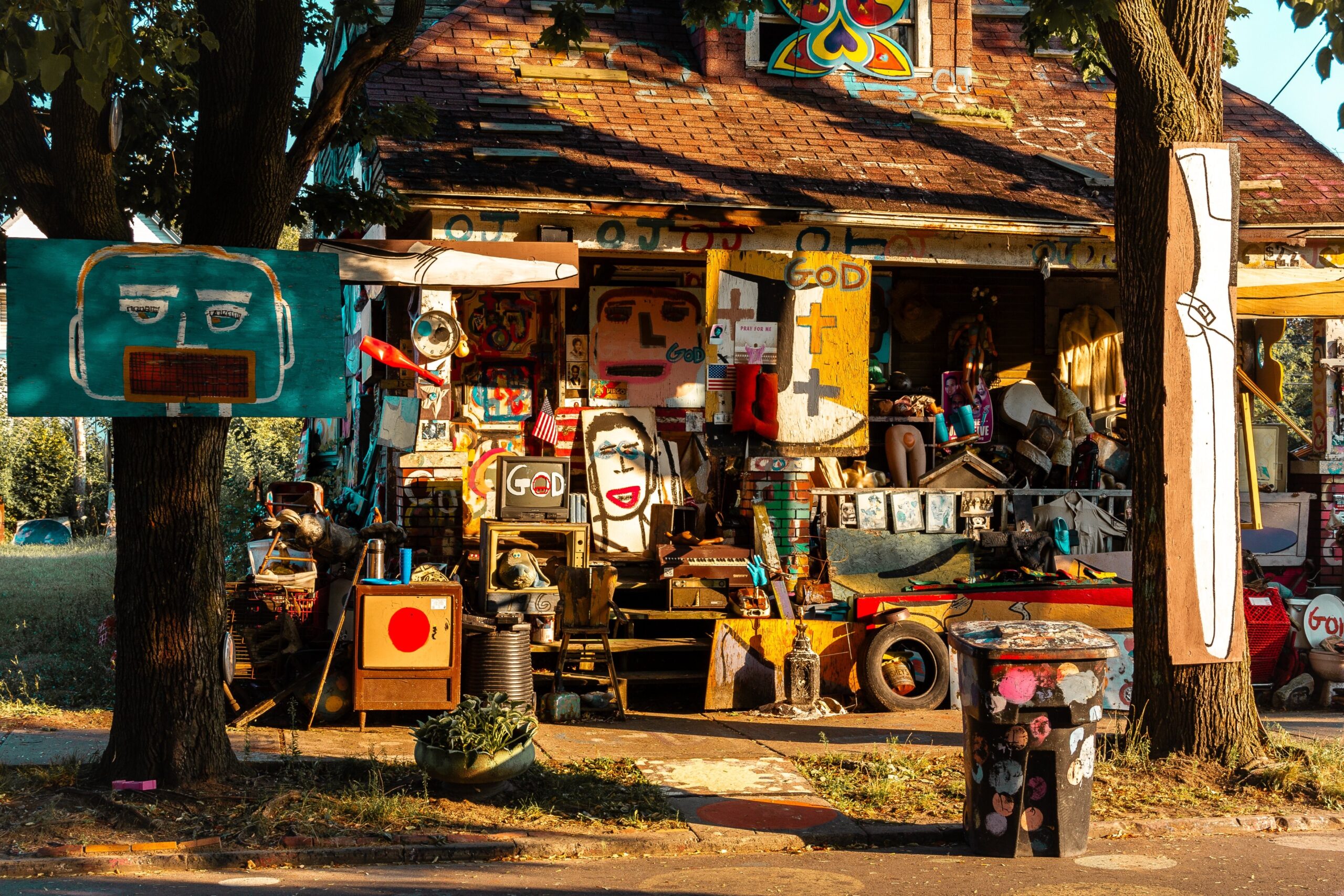
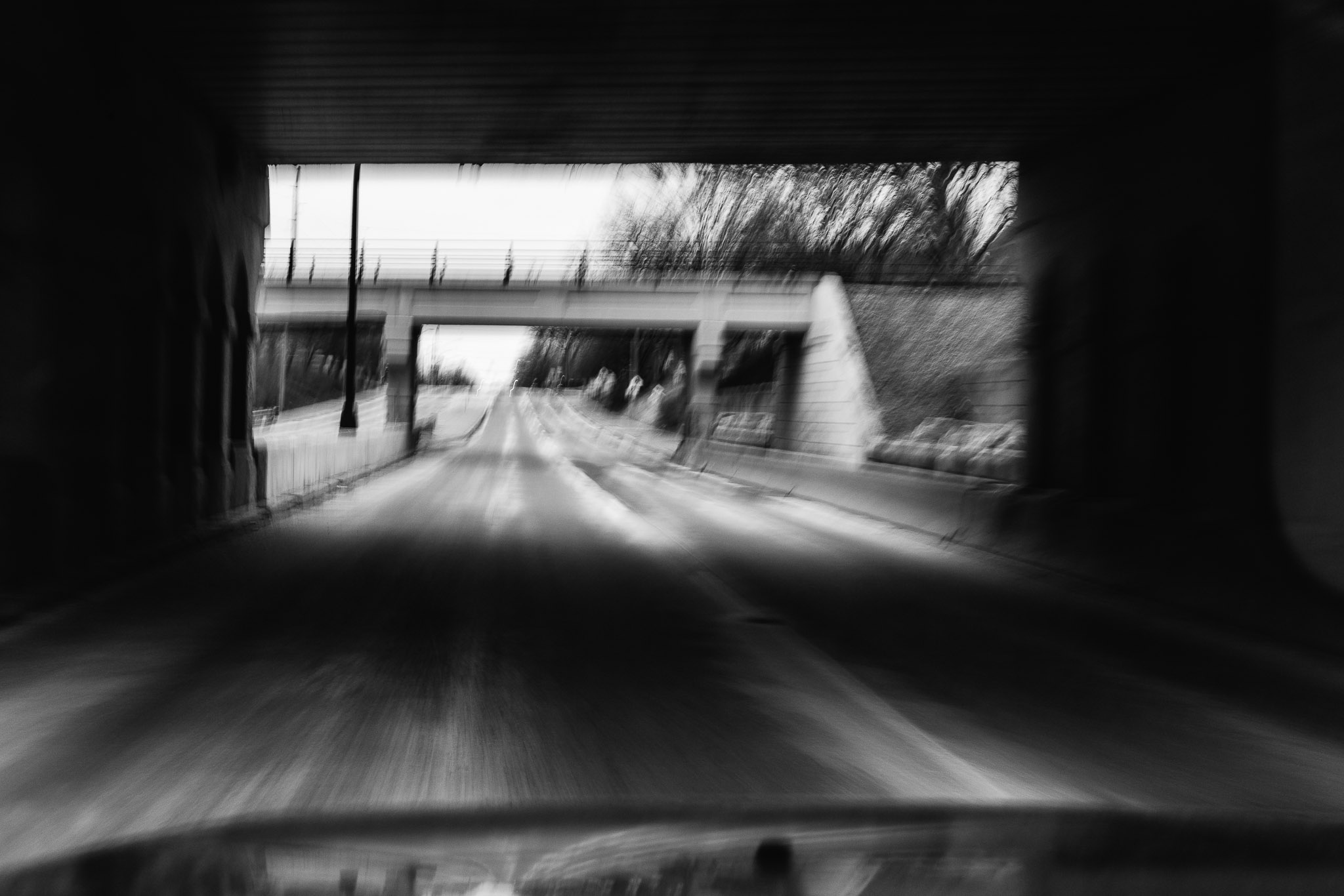
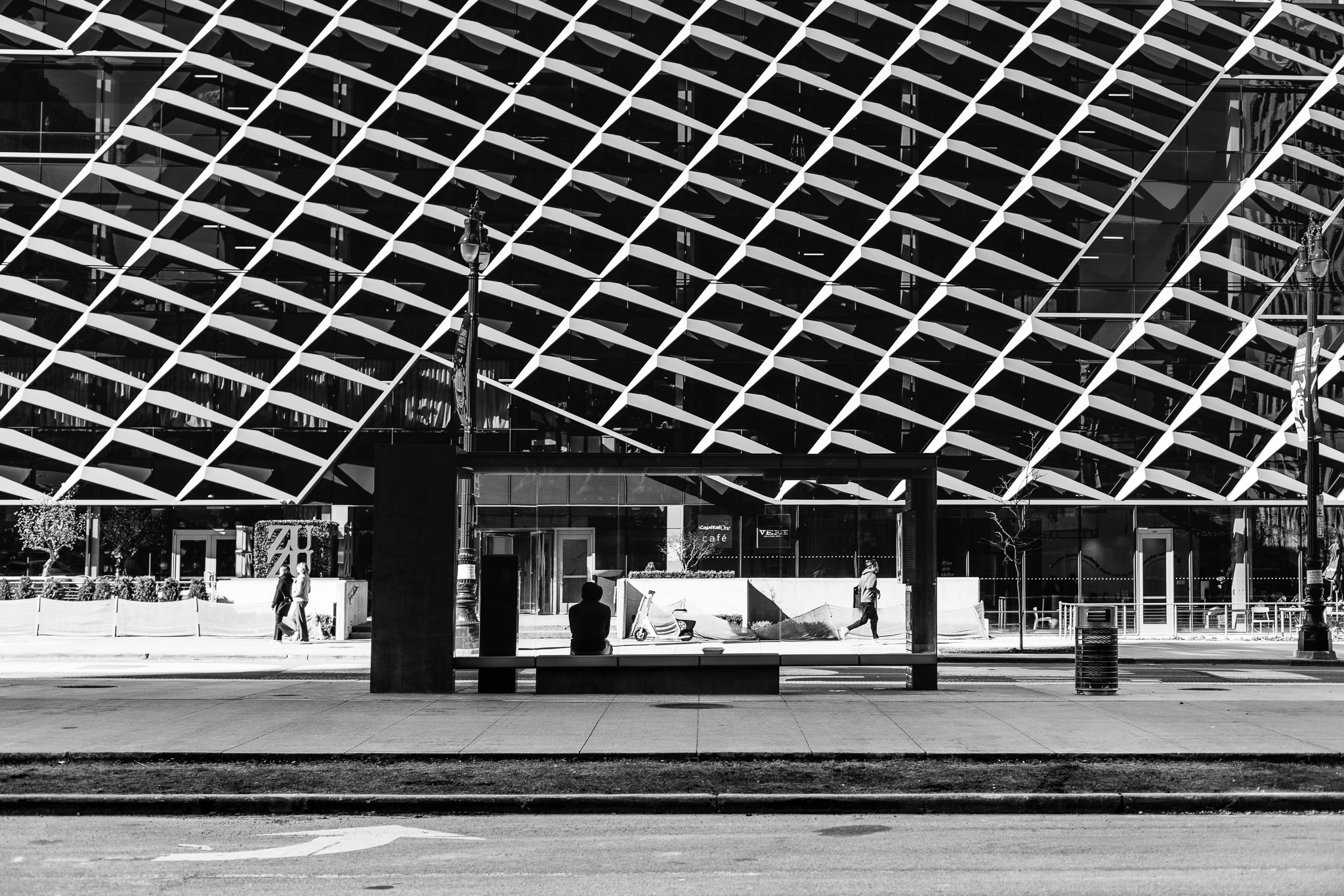
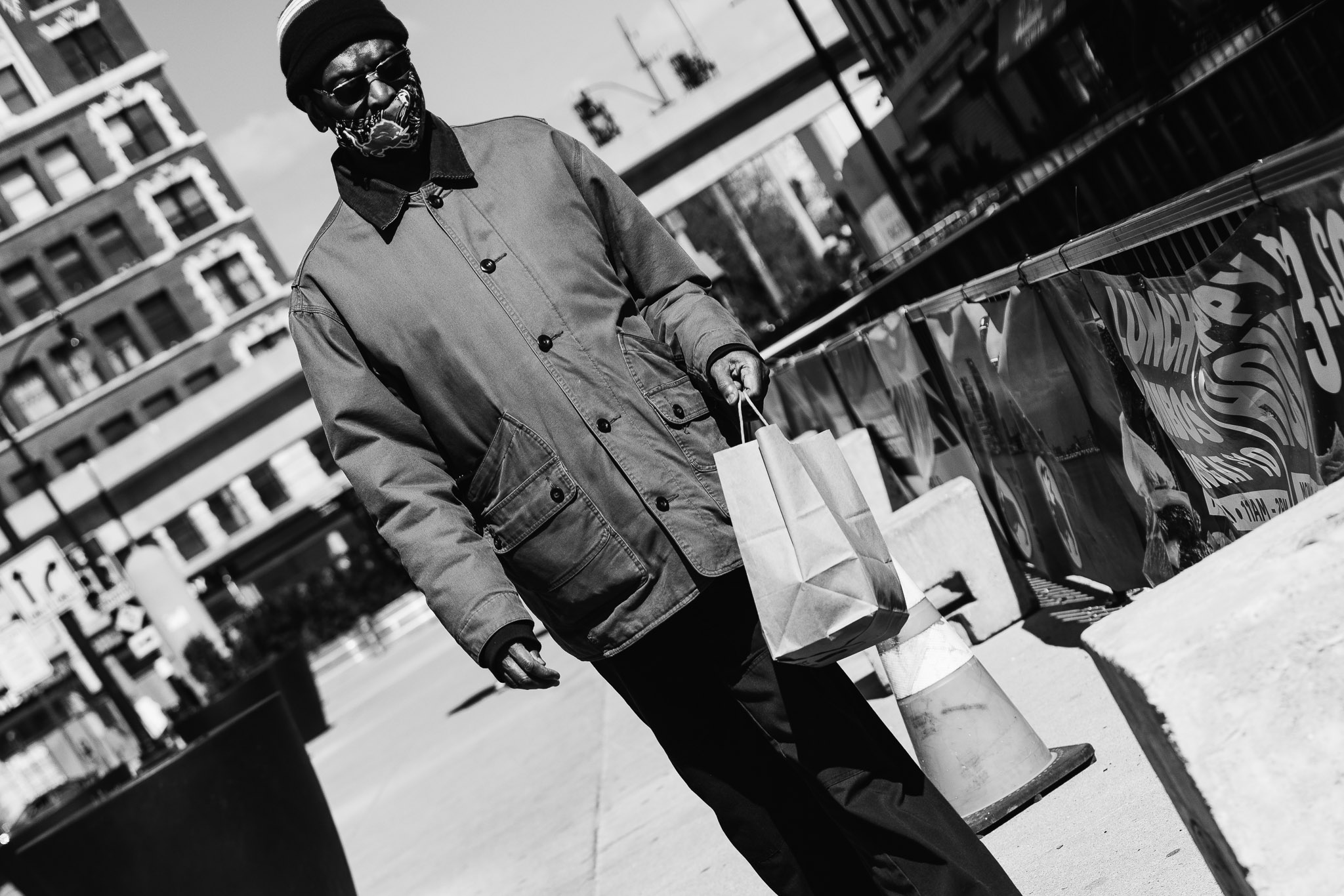
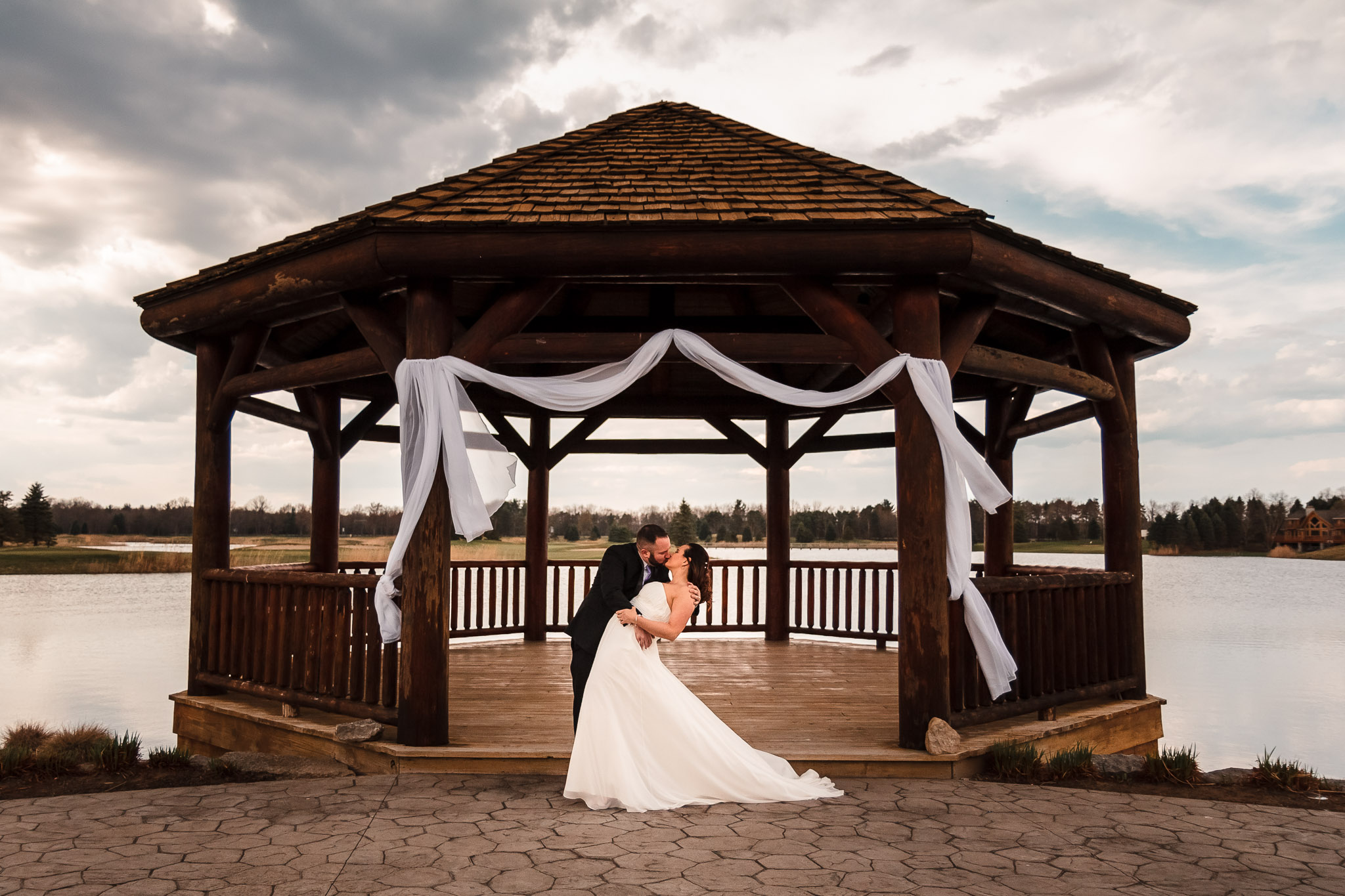
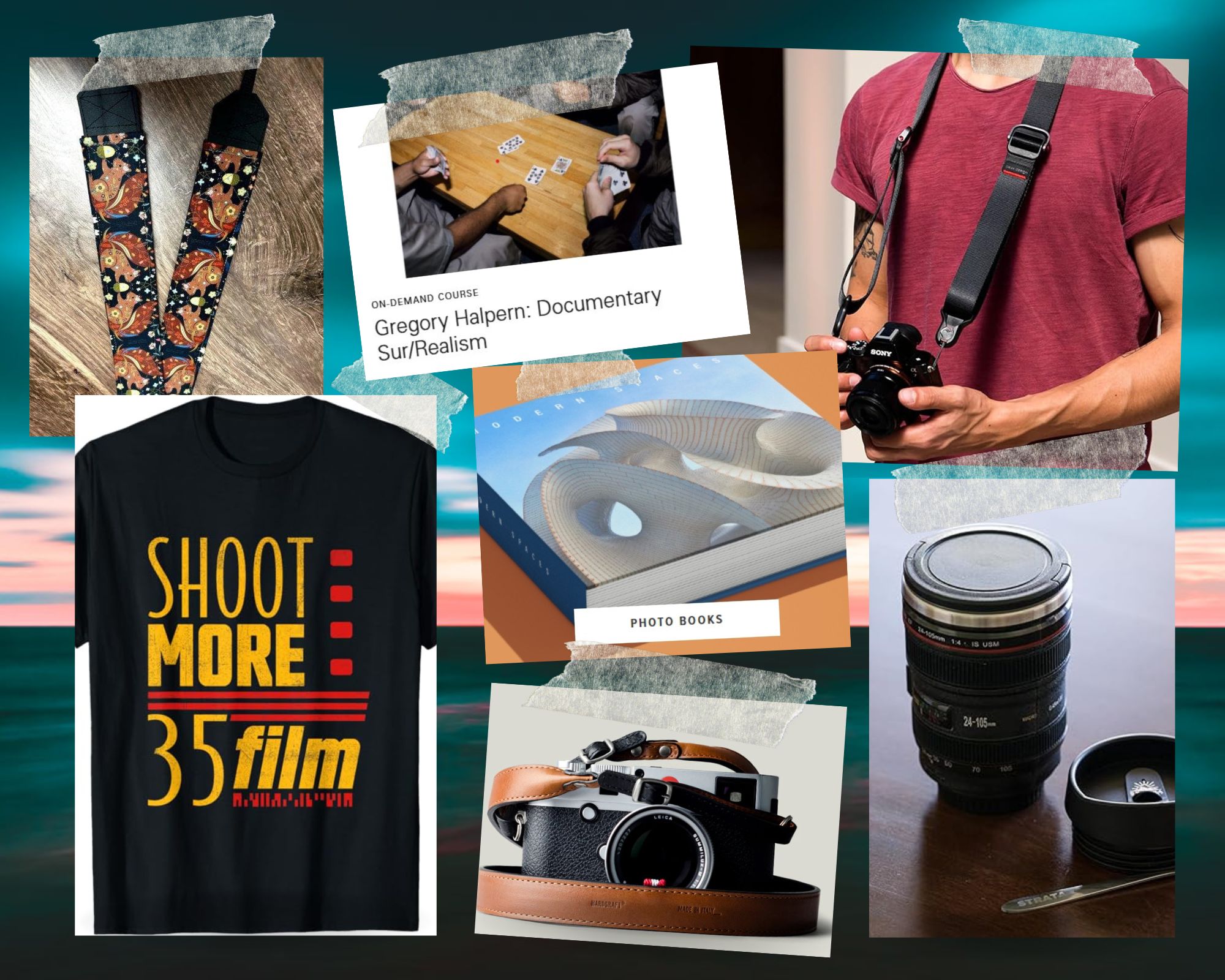
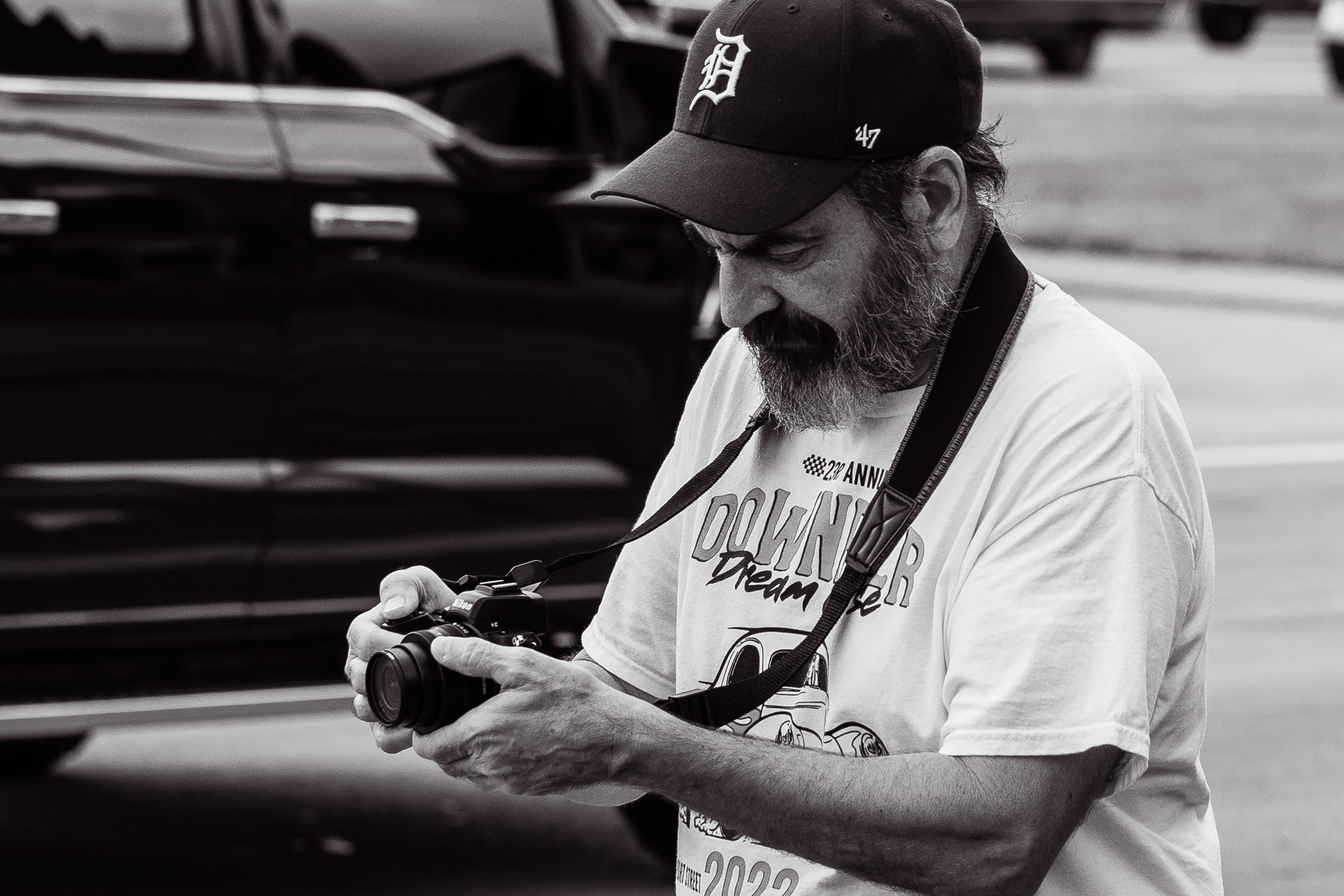
Hey. Love that black and white photo, and I love that the ground is shifted… it adds so much tension to that story. I love that you captured that moment.
A few things from your post resonated with me:
1) I once passed through Waterloo station. It was HEAVY with aerosol paint fumes, so much so my eyes were immediately blurred and the stench stole my breath away. I snapped a picture without even trying to compose it. Just sort of over my shoulder as I hurried to get out of there. The photo has brilliant colors, some people, and it’s very blurry. I go back and forth on whether to share this on my website. I recently saw a beautifully composed photo by an artist in that same location… and I think “that” is what I should have done… but the “story” of my photo means more to ME … and I just find the story beautiful.
2) I had the Japanese dish with cracks repaired with gold as my FB background for a very long time. I love that philosophy.
3) I took a photography course about 40 years ago with my friend, Bevy. The “rules” were so ingrained in us (never put the horizon in the center, use the rule of thirds, asymmetry over symmetry, etc), that I still struggle when I want to “break a rule” because it works better for my vision. And now that I’m posting my work for the world to critique (I mean ”see” lol), I doubly struggle posting the ones I love but that break rules.
I don’t know. I look at all the art out there that is NOT at all my cuppa, but I still appreciate the artistry. I guess I just tell myself that my art isn’t going to be others’ cuppas either, and that’s ok. I remind myself I LOVE photography as my own creative outlet. I do it for me. And if someone else happens to like it, too. Great.
KC
BTW… any interest in joining me for an artist highlight kinda thing? I’m thinking of doing it maybe once or twice a month… featuring a new photographer with a few pieces of their work, a few Q&A’s, and their social links. Let me know.
Hi KC, thanks for the great comment. I think that the story that sings most to your soul is one worth telling. Imagine we all pulled up, and got the same shot as this other photographer. That wouldn’t be no fun. Also, I’m not going to lie. I’ve taken some really interesting photos just sort of throwing my camera in one direction and taking the shot. LOL, there is something about chance, chaos, and the randomness that you just can’t do on purpose. I guess that sort of fits with this posts theme.
About rules. I don’t know where I first heard this, but it went something like “learn the rules so that you can break them with conviction.” Photography is about learning the rules so that when you break them you can do it with purpose and a reason. So It’s good you have all those rules inside you. And the more we shoot, the more we sort of find what speaks to your vision, your creativity.
I hope this helps. PS. Yes, I would love to be in your feature. Just DM me on Twitter or Substack
Right there with you. It’s the imperfections that make the photo real.
That’s why I have an issue with some contests. Perfect photos rarely hold my gaze the way the ones with flaws do.
Thanks for reading Cindy and leaving a comment. Appreciate you and hope your week is amazing in a perfect imperfect kind of way.